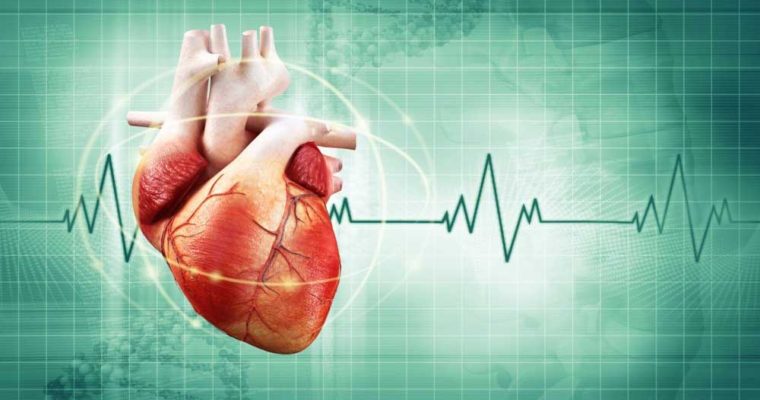What Causes Tachycardia?
Like | DoctorBabu | January 12, 2018 | Heart health, healthy lifestyle, Tachycardia
Tachycardia is a type of arrhythmia, a disorder of the rhythm of the heart, in which the heartbeat (heart rate of more than 100 beats per minute) is very fast even when you are at rest. It is absolutely normal for the heartbeat to rise up during physical activities and emotional upheavals. In this condition, the rate of beating in the upper chambers or lower chambers of the heart, or both increases significantly. It starts with a series of early beats in the atria speeding up the heart rate.
When the heart beats faster, it pumps less efficiently and blood triggers slow blood flow to the rest of the body. In fact, the blood flow to the heart itself is reduced. Fast heartbeat doesn’t allow enough time for the heart to fill before it contracts, so blood flow to the rest of the body is compromised. Moreover, it reveals that there is an increase in demand for oxygen by the myocardium (heart muscle). If the condition persists, it may lead to myocardial infarction (heart attack), which occurs because oxygen-starved myocardial cells die.
There are many types of tachycardia. They are classified according to the origin and cause of the abnormality. Common types of tachycardia are
Sinus tachycardia – The heart beats fast due to an improper signal generation from the natural pacemaker called the sinus node.
Supra ventricular tachycardia – This occurs due to the improper generation of impulses in the upper chambers of the heart. As a result, the hearts beats very fast and contracts even before getting properly filled with blood. Thus, the supply of blood to the rest of the body gets affected.
Ventricular tachycardia – This occurs due to the improper generation of impulses in the lower chambers of the heart. Due to the increased heart rate, the heart contracts fast and does not get filled with blood.
Causes
Tachycardia occurs when the electrical impulses which control the heart rate get disturbed. However, the following may cause or contribute to disrupting the rhythm of the heart’s pumping action.
- Damage to heart tissues.
- Congenital heart defects present at birth
- Poor blood supply.
- Health conditions such as heart failure, heart muscle disease, coronary artery disease (atherosclerosis), heart valve disease (cardiomyopathy), tumours or infections.
- High blood pressure.
- Side effects of some medicines
- Electrolytic imbalances
- Overactive thyroid (hyperthyroidism).
Medical therapy is not needed to treat many patients with tachycardia, unless the episodes of rapid heart rate are prolonged or occur often. In such a case, your health care practitioner may recommend therapies, such as carotid sinus massage, valsalva maneuver, dive reflex, sedation and lifestyle modifications (restricting coffee, alcohol, tobacco use).
The treatment option of tachycardia depends on what caused the condition, patient’s age and his/her overall health. Although, the aim of all the treatment therapies is to slow down accelerated heartbeat, prevent subsequent episodes of tachycardia and reduce its medical complications. Sometimes, when a doctor is not able to figure out the underlying cause, one may try out different therapies or a combination of therapies.

Leave a Reply